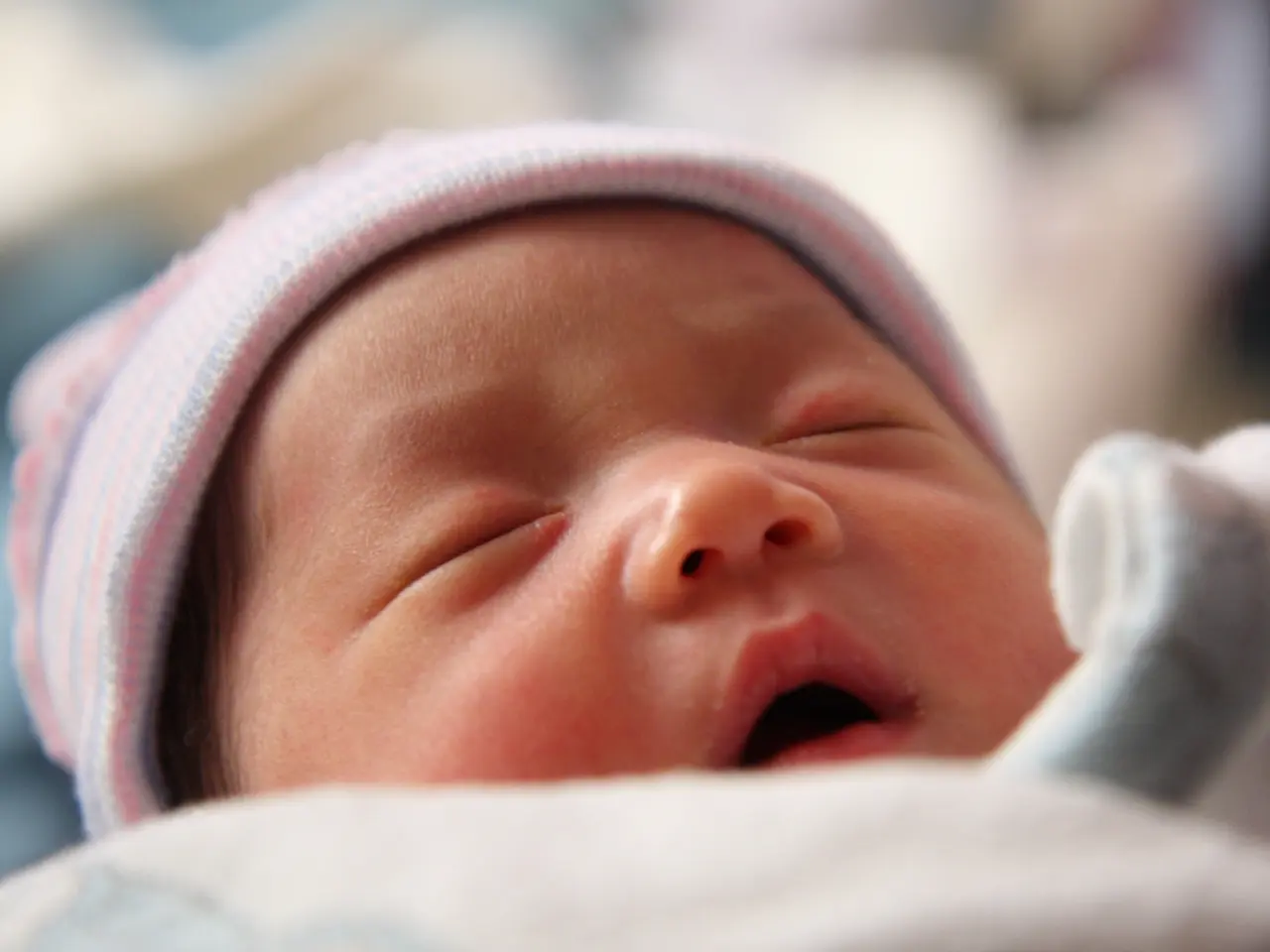Image Descriptions of Varieties and Manifestations of Burns
Burns, a common injury that affects millions worldwide, are classified primarily by depth and severity into three main types: first-degree, second-degree, and third-degree burns. These burns can be caused by thermal, chemical, electrical, or radiation exposure.
### Types of Burns and Their Symptoms
1. **First-degree burns (superficial burns)** - Affect only the epidermis (outer skin layer) - Symptoms: redness, pain, mild swelling, no blisters - Common example: mild sunburn - The skin looks red and is painful to touch but intact without blistering.
2. **Second-degree burns (partial-thickness burns)** - Affect the entire epidermis and part of the dermis (second skin layer) - Symptoms: redness, pain, swelling, blisters, and a wet or shiny appearance due to fluid leakage - Pain is usually present, indicating some nerve survival - These burns may cause scarring depending on depth - Healing time is typically 10 to 14 days if not infected.
3. **Third-degree burns (full-thickness burns)** - Destroy entire skin thickness, affecting epidermis, dermis, and underlying tissues - Symptoms: leathery texture, may appear brown, black, white, tan, or red - Usually painless at the burn site due to nerve destruction - Destroy blood vessels, sweat glands, and hair follicles - These burns cause serious fluid loss and metabolic disturbances and require immediate medical care.
### Additional Types of Burns by Cause
- **Thermal burns:** From flames, hot liquids, or steam - **Chemical burns:** From caustic or acidic substances - **Electrical burns:** From electric current exposure - **Radiation burns:** From prolonged UV or other radiation exposure.
### Treatment Options
- **First-degree burns:** - Usually heal on their own within about a week - Treatment: cool the burn (e.g., cool water), moisturize, and pain relief as needed.
- **Second-degree burns:** - Superficial second-degree burns may heal in 10–14 days without scarring if not infected - Treatment: cool compresses, keep burn clean and covered, pain management, avoid popping blisters to prevent infection - Medical attention may be needed if blisters are large or if burn covers a large area.
- **Third-degree burns:** - Require immediate professional medical care - Treatment often involves fluid replacement, infection prevention, wound care, possible surgery or skin grafts, and intensive monitoring.
### When to Seek Medical Attention
Immediate medical help is required if:
- Burn involves the face, neck, genitals, hands, feet, or major joints - Burn is large (greater than the size of the patient's palm) - Burn appears white, charred, or “leathery” (suggesting third-degree) - There is no pain (also a sign of severe burns) - Signs of infection, fever, or intense pain develop - Difficulty breathing or chemical or electrical burns occur - Exposure to toxic fumes during the burn.
In summary, minor first- and second-degree burns can often be managed at home with basic first aid, but third-degree or complicated burns require urgent medical evaluation to prevent serious complications and promote healing.
Key advice: For any burn that is extensive, severe, or affecting critical body areas, always seek professional medical care promptly.
- One may encounter a medical-condition known as bipolar disorder, a mood disorder defined by episodes of depression and mania.
- Predictive modeling in health-and-wellness science can help analyze the risk factors associated with disorders like ulcerative colitis.
- Skin care products touting claims of healing properties should be approached with caution, as they may not address underlying medical-conditions like skin disorders or nutritional deficiencies.
- Therapies and treatments for mood disorders and skin conditions, such as depression and psoriasis, can encompass a combination of traditional medications, lifestyle modifications, and complementary approaches.
- Depression and ulcerative colitis, while distinct medical-conditions, can share common triggers and symptoms such as inflammation and stress management.
- AQ, or air quality, is an important factor in overall health and wellness, as poor air quality can exacerbate symptoms of certain medical-conditions like asthma and allergies.




